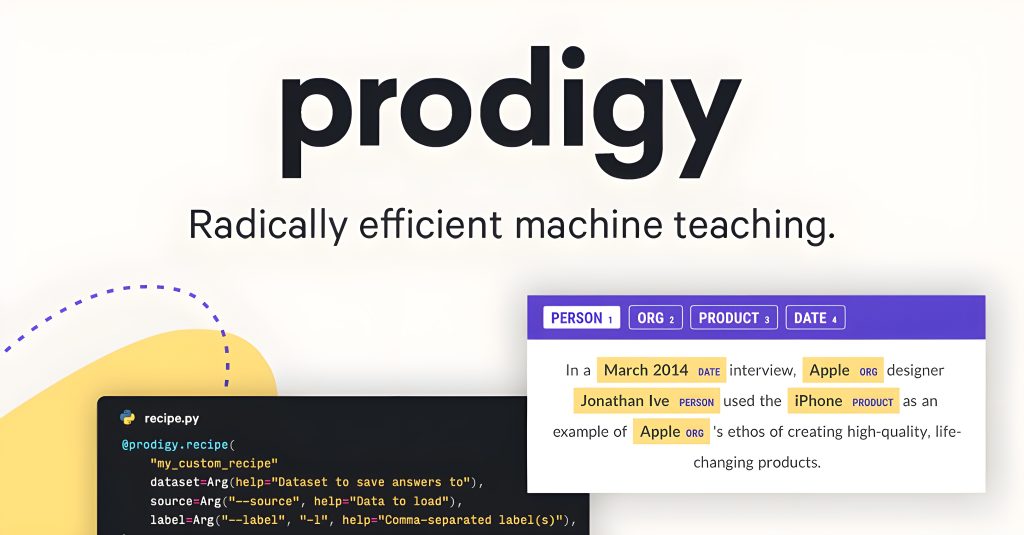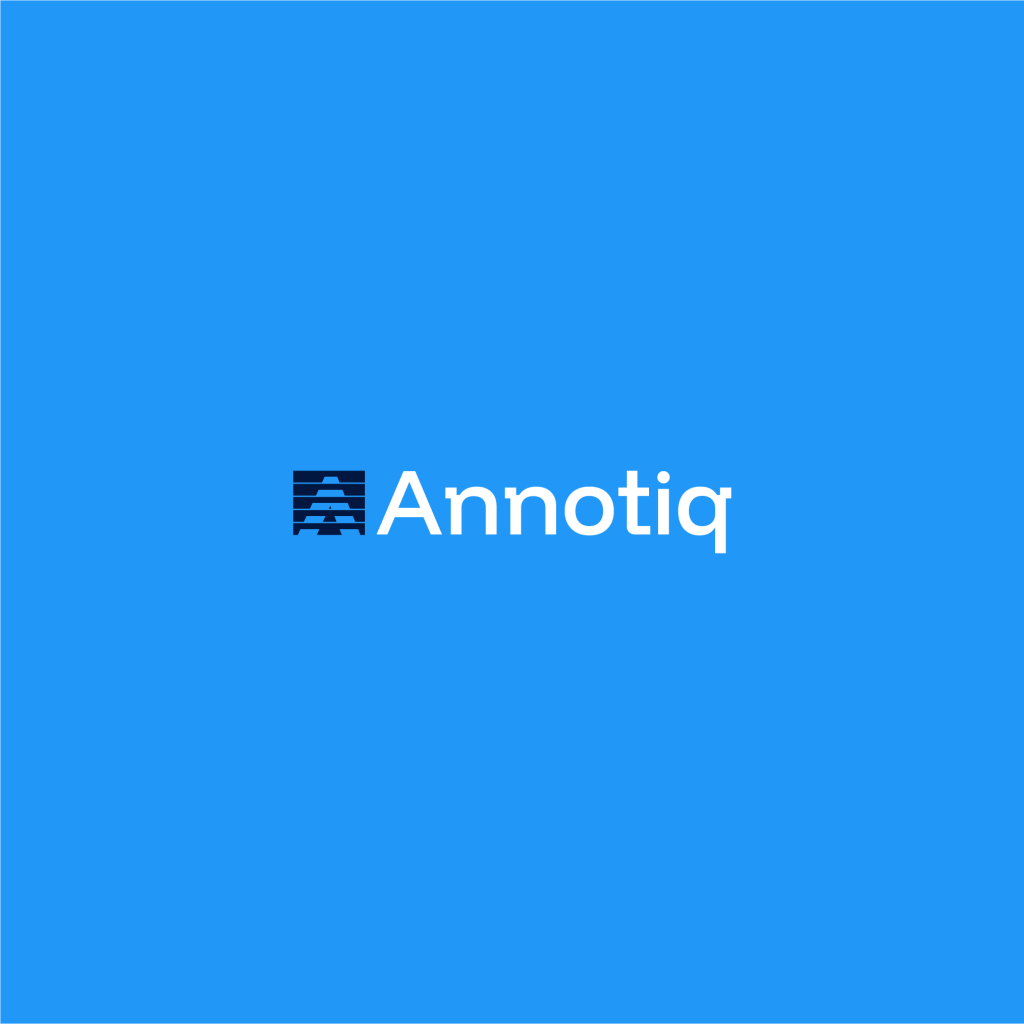First, a confession: If you’ve ever wondered whether the robots will eventually replace us all, take heart, they’re still learning the difference between “bark” (tree noise) and “Bark” (your dog’s enthusiastic opinion). And who teaches them this? We do. Or more accurately, you can with the right tools.
Enter Prodigy, an unsung hero in the Natural Language Processing (NLP) annotation world. Whether you’re the CEO of a startup building a next-gen chatbot or a data scientist untangling social media sentiment, mastering Prodigy can fast-track your NLP project from idea to insight.
Let’s decode how it works and why decision-makers should care
Let’s Start With the Answer: What Is Prodigy?

Prodigy is an annotation tool developed by Explosion AI (the same team behind spaCy), designed to help teams label and train machine learning models efficiently.
It’s fast, it’s scriptable, and it feels good to use, kind of like the MacBook of data labeling.
Whether you’re creating a named entity recognition model or curating training data for a classifier, Prodigy streamlines the process so your team spends less time clicking boxes and more time shipping features.
Why it matters for your business: Clean, labeled data is the backbone of any AI application. Bad data? That’s how you end up with a pizza app that thinks “pepperoni” is a financial instrument.
In plain terms, using Prodigy simplifies and accelerates NLP annotation, helping businesses build smarter AI with less effort:
- Speed & Flexibility: Prodigy’s active learning prioritizes the most informative examples, reducing annotation volume by up to 60%.
- Custom Workflows: Integrate with spaCy, stream Python scripts, and tweak annotation logic on the fly.
- Collaboration-Friendly: Run Prodigy on-premise or in the cloud, so data privacy stays intact. This is important for industries like healthcare and finance.
- ROI-Driven: Fast annotations = faster model deployment = faster value.
A case study from a fintech startup showed a 38% reduction in annotation hours using Prodigy vs. traditional labeling tools (Explosion AI, 2024). Teams also reported a 25% increase in model accuracy thanks to better data.
What Makes NLP Annotation a Priority in 2025?
AI isn’t a “nice to have” anymore. It’s in the DNA of modern business.
From marketing personalization to fraud detection, NLP powers tools that CEOs, CMOs, and CTOs depend on daily. Yet, building these tools requires high-quality, domain-specific data, which is rarely pre-labeled and often needs expert input.
Translation: The sooner you streamline annotation, the sooner your AI delivers.

Real Talk: Who Should Be Using Prodigy?
- Product Managers who need training data aligned with specific features
- Data Scientists who want tighter feedback loops
- Marketing Teams analyzing customer feedback or sentiment
- Compliance Leads labeling risk or regulatory triggers in documents
Bonus: If you’re using spaCy already, it’s a no-brainer.
So, What’s the Next Step?

If you’re building AI and don’t want to drown in data prep, it’s time to test-drive Prodigy.
And if you’re thinking, “This is cool, but I need help making it fit into my stack,” that’s where we come in.
At Annotiq, we don’t just admire annotation tools from afar; we help businesses implement them with style (and fewer headaches).
Summary (But You Really Should Read It)
- Prodigy = faster, smarter NLP annotation
- Clean data is the difference between smart AI and costly confusion
- Business leaders should treat annotation like strategy, not grunt work
- A tool like Prodigy saves time, money, and sanity
- Annotiq helps you utilize such tools
Annotiq’s Thought
Training machines to understand language is a lot like teaching a toddler: slow, repetitive, and full of unexpected interpretations. But with Prodigy and a plan, you’ll raise one sharp little AI.
Let’s help you get started.
Need help integrating NLP tools into your product? Reach out to Annotiq. We make AI less buggy.








